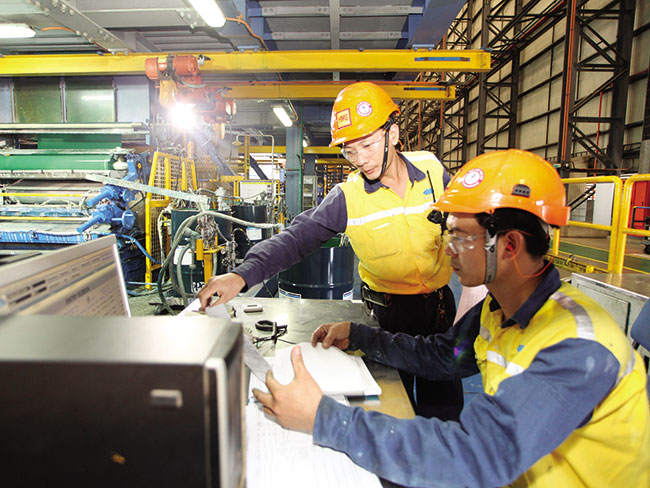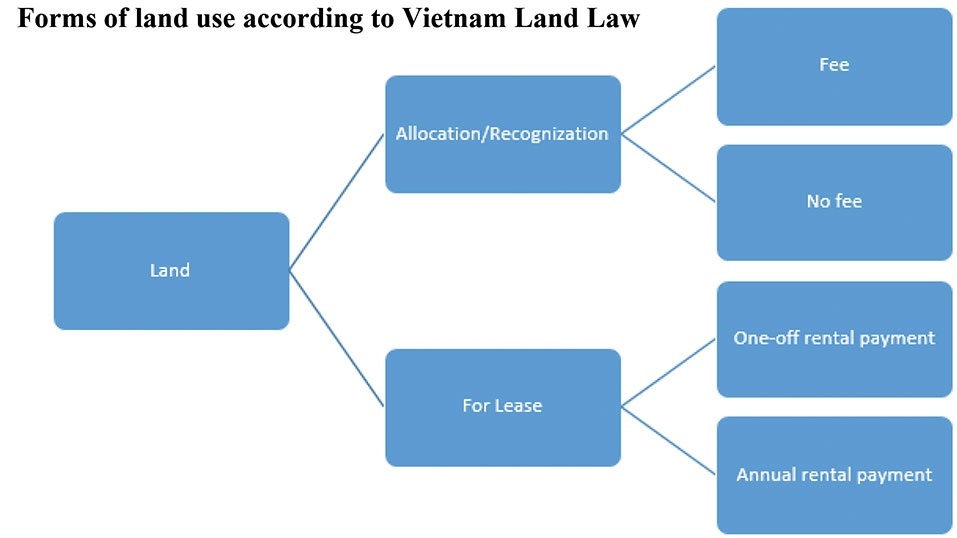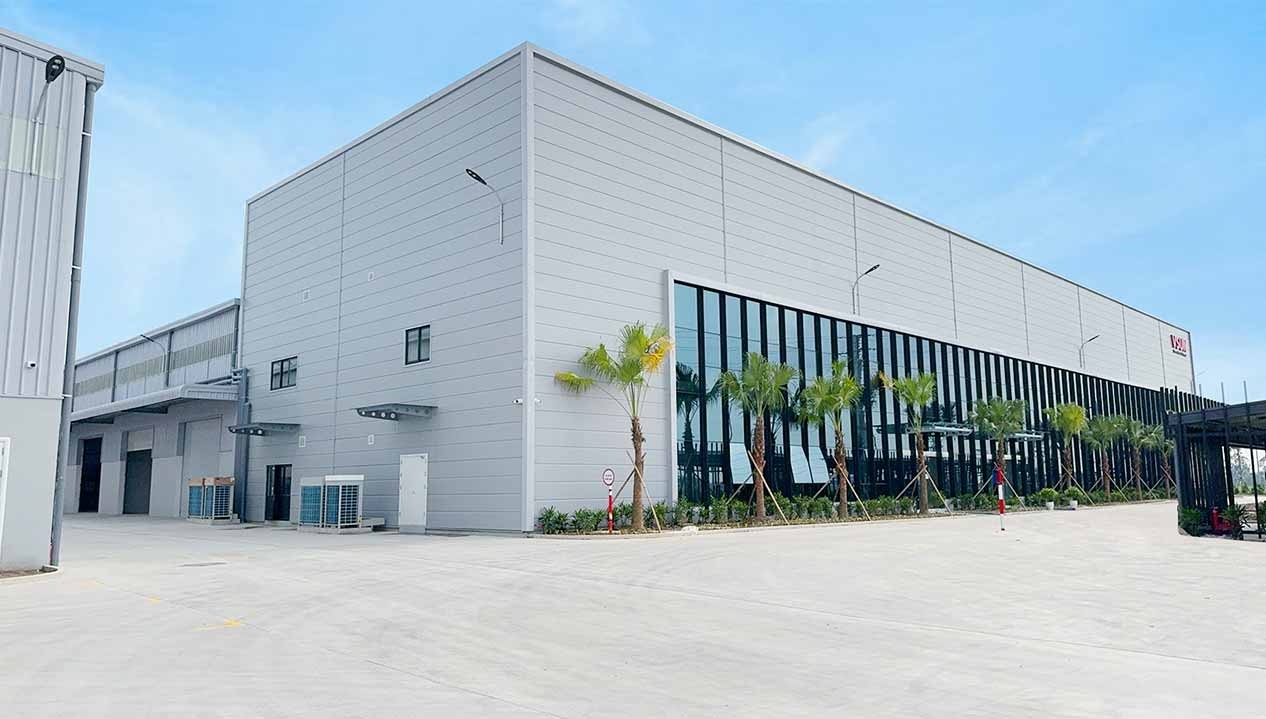Revised legal framework benefits foreign investors

The new rules are geared towards creating a more transparent business environment for foreign investors
The LOI introduces a new categorisation of foreign invested companies, with different investment conditions and procedures. This is perhaps the most significant change affecting M&A by foreign investment in Vietnam under the LOI and LOE. That is, enterprises are categorised into two groups, with different investment procedures and investment conditions accorded to each group. The First Group includes any company in which the following conditions exist: (a) 51 per cent or more of its charter capital is held by one or more foreign investors (that is, foreign individuals or offshore entities); or (b) 51 per cent or more of its charter capital is held by an enterprise in (a); or (c) 51 per cent or more of its charter capital is held by foreign investor(s) and enterprise(s) in (a). This First Group is subject to investment procedures and business conditions applicable only to foreign investments and is generally more restrictive. The Second Group covers the remainder companies, which are now entitled to enjoy investment conditions and procedures as provided for domestic investors.
Three lists of business lines are introduced, changing the overall approach of sharing acquisition transactions. The LOI fosters transparency, especially for foreign investment in Vietnam, by making the investment and business conditions public. For the first time, three new lists of business lines are stipulated: First, the list of prohibited businesses—for which no investment is permitted; second, the list of business investments which are permitted but subject to regulations on operational conditions outlined in the List of Regulated Businesses; and third, the list of businesses in which foreign investments are subject to restrictive conditions prescribed by the Foreign Investment Negative List.
Of the three lists, the list of prohibited businesses and the List of Regulated Busineses apply to both domestic investors and foreign investors. To determine whether it is legally possible to invest, a domestic investor must confirm that their proposed investment does not fall under the list of prohibited businesses; meanwhile, a foreign investor will need to check both the list of prohibited businesses and the Foreign Investment Negative List. Once it is confirmed legally possible to invest, then the List of Regulated Businesses will be checked for possible operational conditions.
Under the former regulations, foreign investment is based on an approved project, manifested in the form of an Investment Certificate. The most concerning issue was that the registrability of an M&A transaction involving foreign buyers, even with as little as 1 per cent foreign ownership, could not be confirmed until an Investment Certificate was issued, which usually took four months on average. This time-consuming and somehow unpredictable process is mainly because the licensing authorities had the right to appraise, thus virtually having a lot discretion in permitting or rejecting the issuance of an Investment Certificate.
Now, with the three lists being made public, the role of the authorities changes: they are not in the position to appraise and should have much less discretion to permit or reject a proposed acquisition. Their role now should be to check and confirm whether or not the proposed acquisition is in line with the three publicised lists, and conduct the requested registration if the proposed investment meets the publicly required conditions. Accordingly, in a given proposed share acquisition, a foreign acquirer will need to check the target company’s business lines to ensure that the target company is not engaged in the prohibited businesses. Next, if the target company is confirmed to have no involvement in the business lines under the Foreign Investment Negative List, it is legally possible to proceed with the proposed share acquisition. However, if involved, the possibilities to proceed with the proposed acquisition is subject to whether the specific restrictive conditions for the relevant business lines can be satisfied.
The new M&A procedures are simplified and shortened. Under the LOI and LOE, foreign investors’ share acquisitions shall follow one of two types of procedures. Type one: if (a) any of the target company’s business lines falls under the Foreign Investment Negative List, or (b) the foreign ownership resulting from the proposed M&A deal will lead the target company to belong to the First Group, a more complicated procedure shall apply. Accordingly, the M&A procedures comprise of two steps, these being (i) registering and obtain an approval notice from the business registration agency—which is to take 15 days; and (ii) upon approval, registering the change of ownership as a result of the share transfer transaction–which is to take three working days. Type two: for other cases, the sole three-working-day step is to register the resulting change of ownership or the increase in chartered capital of the target company. With the new M&A procedures, the paperwork is reduced significantly and the registration time can be shortened by at least two-thirds of the time it took under the former, repealed legislation.
The new voting rules make it cheaper to acquire a controlling shareholding (while also making it more costly to acquire enough shares to block a decision). Along with the new 51 per cent ownership threshold used in categorising different groups of investors, voting thresholds to pass a resolution by the decision-making organs of a company have been lowered under the LOE. Specifically, in a joint stock company, the voting thresholds for passing shareholders’ ordinary resolutions have been lowered to 51 per cent of qualified votes and 65 per cent for certain important matters reqioromg extraordinary resolutions (previously 65 per cent and 75 per cent, respectively). If voted by way of circulation, shareholders’ resolution may also be passed with only 51 per cent approving votes. Accordingly, a shareholder may generally control a joint stock company by controlling only 51 per cent of the voting shares. In a multi-member limited liability company, the statutory voting threshold for members’ ordinary resolutions remains unchanged at 65 per cent and 75 per cent for special resolutions. Nevertheless, subject to its members’ agreement, a lower voting threshold, e.g. 51 per cent or even less, can be effectively stipulated in the company’s charter.
Issuance of the Foreign Investment Negative List remains a hidden factor. For foreign acquirers perhaps the most awaited news now is the issuance of the Foreign Investment Negative List—i.e. the comprehensive list of industries and trades into which investments by foreign investors are restricted. This list helps to determine maximum foreign ownership and other investment conditions applicable only to foreign investors. Until this list is issued, foreign investors’ decisions to acquire shares in many local companies may be delayed or cannot be promptly ascertained. What is more important is the volume of the Foreign Investment Negative List. The more this list is reduced, the easier it will be to attract foreign investment—including foreign acquisitions and vice versa.
It remains to be seen how the “investment and procedure conditions as provided to domestic investors” will be applied to the Second Group. Under the draft decree guiding the LOI, investment conditions applied to foreign investors include, among others, “conditions on the scope of investment activities”. However, even this term is ambiguous, thus it is unsure if it includes “business lines”. Consequently, if the term “conditions on scope of investment activities” is interpreted to cover “business lines”, those under the Second Group should enjoy the same, equal legal status and be permitted to invest into any business lines not prohibited to domestic investors. Accordingly, a foreign invested company with less than 51 per cent foreign ownership can engage in business lines till now only open to domestic investors, such as pharmaceutical retailing. If interpreted negatively to foreign investment, “conditions on scope of investment activities” may be narrowed not to include “business lines”, thus nullifying the so-called “investment and procedure conditions as provided to domestic investors”.
The current payment regulations for M&A transactions are not compatible with the LOI and LOE. The current payment rules for foreign-related M&A transactions are provided by Circular 05/2014/TT-NHNN and Circular 19/2014/TT-NHNN. These rules do not accommodate the relevant changes in the LOI and LOE in which such concepts as “direct investment”, “indirect investment”, and “investment certificate” are no longer used. These circulars must be amended. As a recommendation, the most expedient payment mechanism would be to allow each foreign acquirer to open its own sole investment capital account at a commercial bank in Vietnam, and have the payment from their M&A deals into Vietnam-based companies transferred from that investment capital account to the seller’s account.
To sum up, for the first time, Vietnamese law makers introduce new, more liberal groupings of foreign invested companies, together with different investment conditions and M&A procedures respectively applicable to each group. The investment conditions have been made more transparent, by publicising in three lists, enabling confirmation of legal possibility for a proposed M&A deal. The new M&A procedures under the LOI and LOE can help save at least two-thirds of the time previously taken. The new voting thresholds enable a majority shareholder to pass decisions in a company with a smaller percentage of approving votes, thus encouraging acquirers to buy more so as to control the target company. Overall, this new, improved legal platform should help M&A transactions in Vietnam run faster and more smoothly.
By Bui Ngoc Hong - Partner, LNT & Partners
What the stars mean:
★ Poor ★ ★ Promising ★★★ Good ★★★★ Very good ★★★★★ Exceptional
Latest News
More News
- The wider benefits of digital signatures in e-transactions (April 18, 2022 | 11:31)
- Interpreting new real estate statutes (August 23, 2021 | 09:20)
- Mitigating procedural delays in pharmaceutical market (July 12, 2021 | 13:00)
- Pros of sandbox regulation for fintech (July 09, 2019 | 13:36)
- Wind power barriers need removing (April 02, 2019 | 09:55)
- Advice for foreign home ownership (November 16, 2015 | 08:37)
- Important documents regulating bank guarantee (September 19, 2015 | 11:11)
- Law Changes Open up Opportunities in Property Sector But Questions Remain (September 04, 2015 | 11:27)
- Decree eases constraints (July 27, 2015 | 08:48)
- Enterprises scrutinise guidelines on new laws ahead of implementation (July 23, 2015 | 11:06)















 Mobile Version
Mobile Version